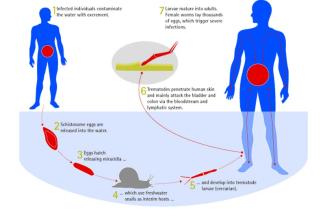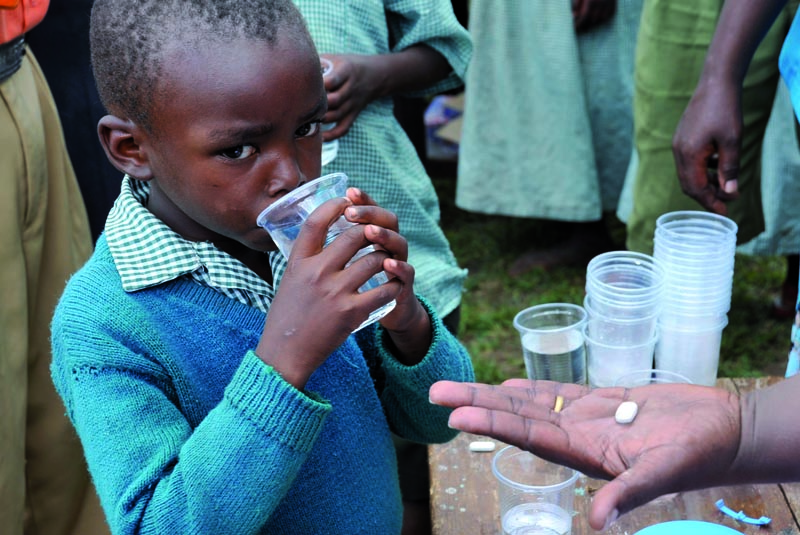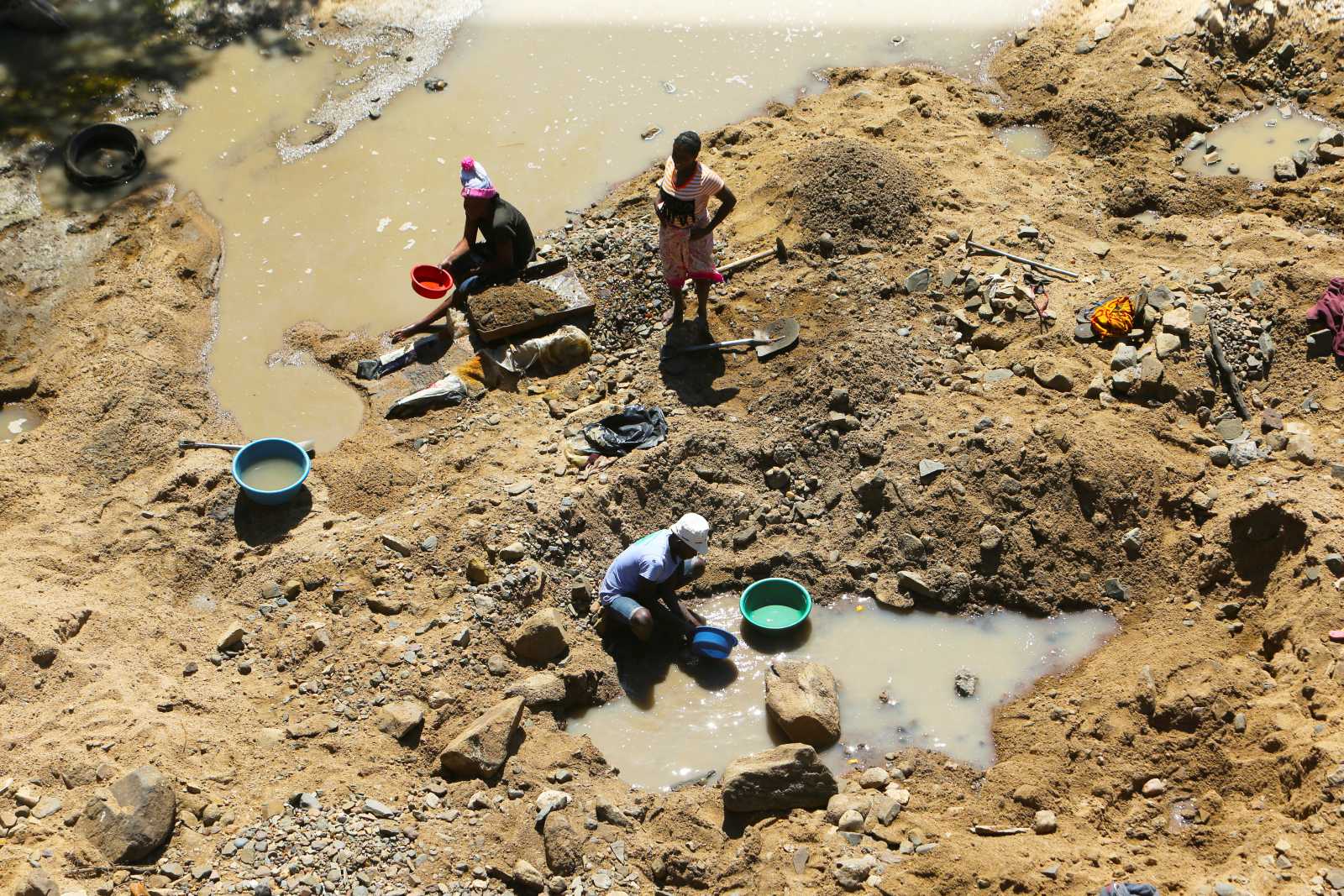Health care
Transmission and implications of bilharzia

The connection between worms and patients with urinary complaints and blood in their urine was discovered in the 19th century by Theodor Bilharz, a German physician who was doing research in Cairo. The worms in question belong to a group of flatworms called blood-flukes (Schistosoma). For this reason, the disease is also called Schistosomiasis. The worms initially infect freshwater snails and then pass from their intermediate hosts to human beings.
In the cycle of infection of this insidious disease, the devil is in the detail: parasite eggs are excreted in human faeces or urine and, because of a lack of toilets and drains, enter nearby lakes and rivers. The eggs hatch into free-swimming miracidia, which infect certain species of freshwater snails (for instance, ramshorn snails) and use them as intermediate hosts.
Inside those hosts, the parasites mutate again, emerging as a different kind of larvae known as cercariae. Cercariae are excreted into surrounding water by the snails and start searching for a host. The infectious cercariae penetrate human skin, enter a blood vessel and develop into mature worms. The adults migrate to various parts of the venous system and reproduce, the females releasing fertilised eggs into the bloodstream at a rate of hundreds a day. The eggs thus reach the gut, bladder and ureters and are excreted in large numbers in faeces or urine.
The parasite has adapted perfectly to both its ultimate host (the human being) and its intermediate host (the snail). The human immune system initially fails to recognise the intruder – the first signs of infection occur only gradually, after large numbers of eggs have been deposited in various organs. The fertilised eggs pass through blood vessel walls and migrate to adjacent tissue. They become lodged in the liver, spleen, gallbladder, bladder, genital tract, even in the heart and brain, where they secrete antigens that trigger an initial inflammatory response. The immune system mobilises large numbers of defender cells. This results in lesions, which can subsequently give rise to chronic inflammation and scarring. The urogenital form of bilharzia causes genital schistosomiasis and haematuria (blood in the urine), a frequent urge to urinate and blockage of the urethra and can lead to kidney failure and bladder cancer. Manifestations of the intestinal form range from cramps and severe diarrhoea to hepatosplenomegaly (simultaneous enlargement of the liver and spleen) and liver failure.
Schistosomiasis affects about 250 million people worldwide, and up to 200,000 die from it. The disease is common in Africa, but also found in Asia and Latin America. The World Health Organization (WHO) has a plan to eliminate the disease. Merck, the German-based pharmaceutical company supports the WHO plan and is donating medication accordingly (see main article). (jrr)








